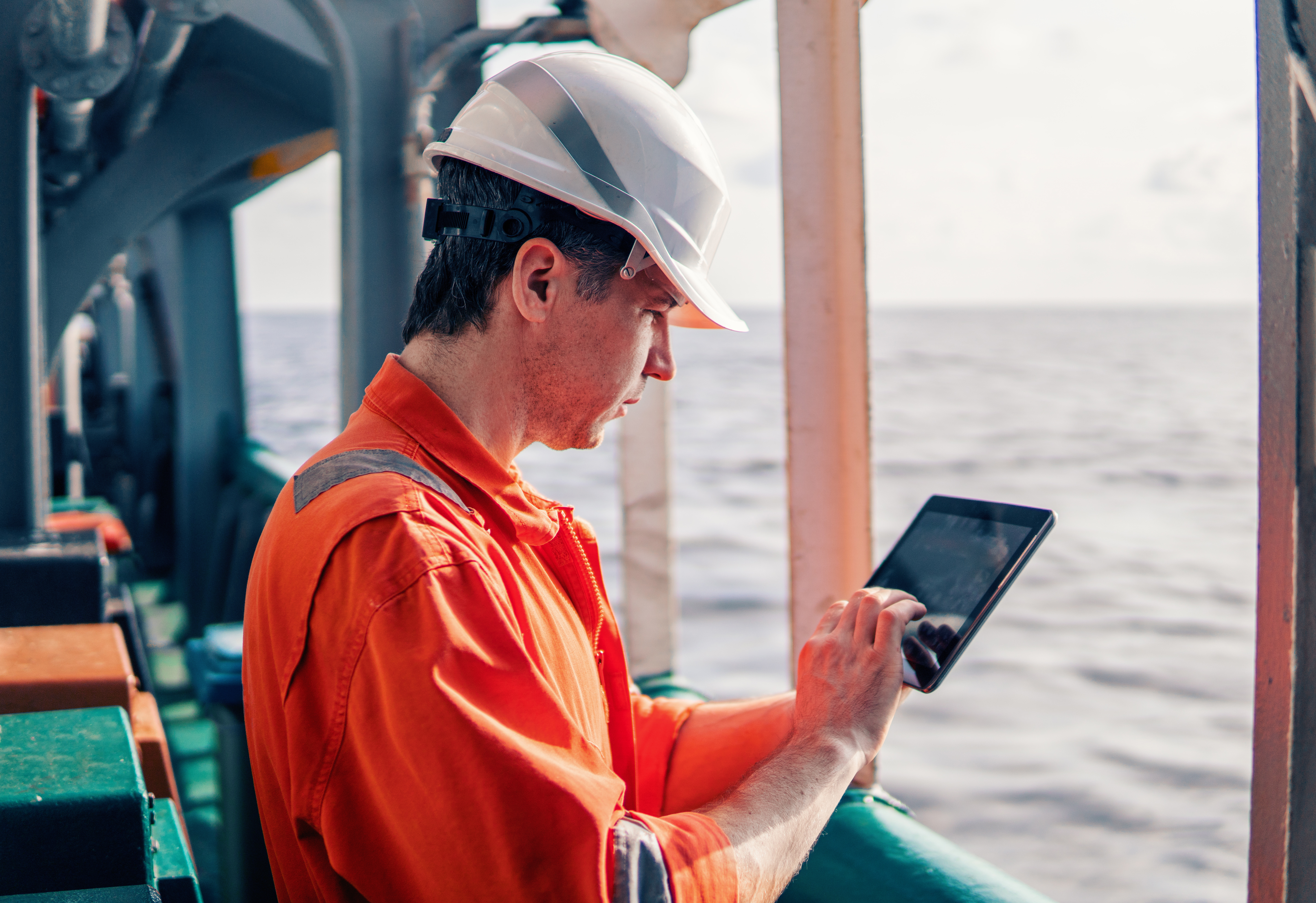Physical oceanography is the exploration and study of the physics of the ocean. The time scales of interest range from seconds (turbulence) to centuries (thermohaline overturning circulation). Length scales range from thousands of kilometers (dimension of ocean basins) to centimeters (size of the smallest turbulent eddies). Ocean physics influences ocean chemistry and biology and plays a role in the climate system of the earth.
Some of the major themes of physical oceanography are the dynamics of large-scale ocean currents with inter-annual scale variations; the dynamics of shallow coastal areas and estuaries which vary on smaller space and shorter time scales; the transport of heat, salt and other properties by these currents; ocean waves of both large and small scale which also transport water properties; and technology for observation and numerical modeling of these processes.
The exchange of momentum, heat, freshwater and gases between the ocean and the atmosphere, and the interactions between oceans and rivers, estuaries, sea and terrestrial-ice and marginal seas are also part of the study of physical oceanography. Insights from physical oceanography has important applications in global climate, oceanic mixing, and coastal studies, as well as being a key element in interdisciplinary studies of primary production, hydrothermal vents, and oceanic flux and storage of carbon dioxide.
History
In 1991, the State Council of Higher Education for Virginia (SCHEV) established the Commonwealth Center for Coastal Physical Oceanography (CCPO) at Old Dominion University to promote research on the physical oceanography of the coastal ocean and related oceanographic processes. The coastal ocean is the focus of expanded research activity because of both short-term anthropogenic impacts due to the proximity to large human populations as well as changes due to long-term variations in the Earth's climate. Fundamental questions about coastal ocean physics need to be answered if human impact and global change are to be assessed appropriately. Over time, interests at CCPO have expanded to include biological processes in local waters as well as physical and biological processes around the Antarctic continent.
CCPO supports and facilitates innovative research on the physical oceanography of the coastal ocean and other coastal related processes through federal, state and university funding which allows faculty, visitors, students, consultants, and research associates to focus their efforts on specific research topics. Recent supported research activities by the Center include regional coastal circulation models forced by winds, tides, rivers, heat and salt flux; analysis of regional and global changes in relative sea level; processes controlling local harmful algal blooms; growth and dispersion of larvae and other plankton; models of physiology and genetics of various animals and ecosystems; and, the influence of offshore wind turbines on fisheries. The Center is particularly interested in the coupling of realistic physical models to ecosystem and economic models in innovative ways.
Location
Housed in Innovation Research Building 1, CCPO is located in the ODU University Village. The Center provides office and laboratory facilities for 3 full-time faculty, research associates, visiting scientists, postdoctoral fellows, graduate students, and support staff. The Center has a state-of-the-art computer system based on Linux, Macintosh, and Windows operating systems with file servers, computational computers and individual workstations. A full-time computer systems engineer maintains the system and provides support for CCPO researchers.





